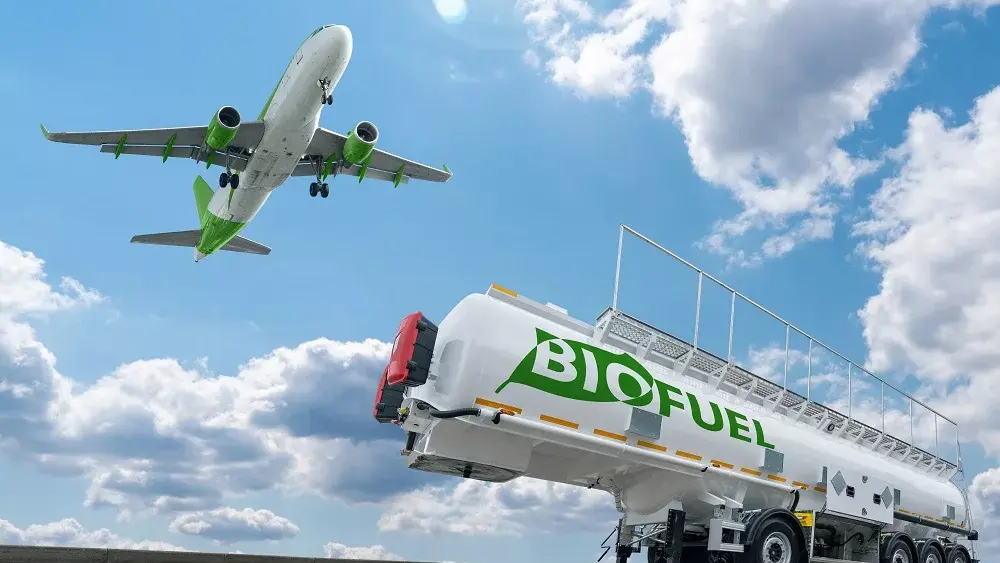
By the end of the decade, the Biden administration has promised to slash greenhouse gas emissions to half of 2005’s levels. One way to do that is through ethanol and renewable diesel.
The National Corn Growers Association (NCGA) has two initiatives they’re working on to use more corn for fuel.
“We have the Next Generation Fuel Bill, which would bring energy security to our fuel situation with higher gas prices,” says Matt Frostic, a farmer from Sanilac County, Michigan and at-large member of NCGA. “It allows higher compression engines that the automotives would like to build, which would bring higher fuel mileage to our cars. The components in this would keep liquid fuels in the market and help us to retain some of that market.”
NCGA is also looking into incorporating corn into aviation fuel. Frostic says that’s the offensive component of NCGA’s strategic plan.
“The more we look into this from a Michigan standpoint, it’s a real easy way of falling into a new industry and a new way of grinding corn for our industry and expanding our industry,” he says.
The Renewable Fuel Standard has been caught in the crosshairs of politics its entire life. Frostic says there is untapped potential in aviation fuel.
“The RFS was a guarantee of 15 billion gallons, and we never reached that,” he says. “Conversely with aviation, we’re looking at 50 billion gallons, so that’s over three times as much fuel now. We won’t reach that on corn alone, but we already have the infrastructure built to produce ethanol to inject into that system—it’s a natural flow.”
The aviation industry has come to corn and soybean groups alike to make this request, as 3 percent of carbon emissions come from airplanes. According to Frostic, using ethanol in this way would be one step for a greener environment.
“We’re trying to retain that liquid fuels market because we are a very viable component to clean energy at the automotive level and aviation level—we have a great opportunity to inject biofuels into that too.”





